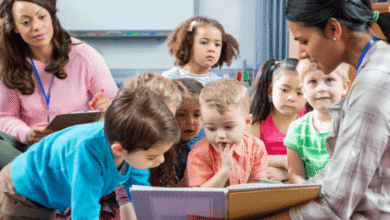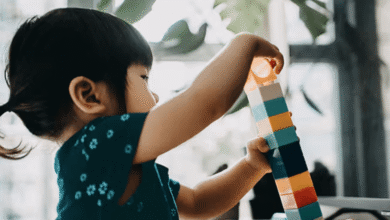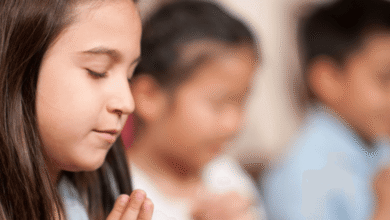Hvordan følge opp barnets trivsel i barnehagen

🧸 Hvordan følge opp barnets trivsel i barnehagen
Barnehagen er en viktig del av barnets hverdag. Her skaper barnet vennskap, lærer nye ferdigheter og utvikler seg i samspill med andre barn og voksne.
Som forelder er det naturlig å ville vite hvordan barnet har det – og å bidra til at barnehagetiden blir trygg, god og lærerik.
Her får du tips til hvordan du kan følge opp barnets trivsel i barnehagen på en trygg og naturlig måte.
🏷️ Hvorfor er det viktig å følge opp?
Når foreldre viser interesse for barnets barnehagehverdag, styrker det barnets opplevelse av å være sett og verdsatt.
I tillegg gjør det det lettere å oppdage tidlig hvis noe skaper uro eller mistrivsel.
Example: A child who usually loves going to kindergarten suddenly starts saying “I don’t want to go today.” That’s a signal to listen carefully and explore what might be going on.
🚩 Tegn på trivsel
Barn som trives i barnehagen, viser det ofte gjennom at de:
👉 Gleder seg til å gå om morgenen
👉 Kommer hjem og forteller spontant om lek, venner eller aktiviteter
Example: Your child comes home excited: “We played pirates today!” or “I was with Mia and we built a big tower!”
🚩 Når bør du følge litt ekstra med?
Hvis barnet over tid:
👉 Gråter mye ved levering, også etter flere uker
👉 Blir stille eller innesluttet hjemme etter barnehagedagen
👉 Klager over magevondt eller sier ofte at det ikke vil gå
These may be signs that something in the environment feels difficult — such as group changes, social conflicts, or insecurity.
Example: A child who previously ran happily into kindergarten now hesitates every day and clings to you.
🗨️ Hvordan snakke med barnet?
Many children open up best during everyday moments, like walking home or at bedtime.
Rather than general questions like “How was your day?”, try:
👉 “What was fun today?”
👉 “Who did you play with?”
If your child shares something difficult, validate their feelings:
👉 “That sounds hard. I understand why you felt sad about that.”
👉 “What could help next time?”
🛠️ Samarbeid med barnehagen
Building a good relationship with the staff makes a big difference. Say hello at drop-off and pick-up, and take time for a quick chat when you can.
You can ask:
👉 “How is my child doing in playtime?”
👉 “Are there any small things we should follow up on at home?”
Also share information from home — if your child has had a rough night, changes at home, or anything that could affect their mood.
When home and kindergarten work together, it creates a safer environment for the child.
🎈 Oppsummering
By:
✅ Talking regularly with your child
✅ Observing their signals
✅ Maintaining open dialogue with the staff
… you support your child in having a safe and positive kindergarten experience where they can thrive, learn, and feel happy.
👉 Want more tips on parenting, sibling relationships and connection?
Visit 🌐 https://ParentDo.com
🧡 On ParentDo.com you’ll find practical tools, conversation guides, and inspiration to help you build strong, warm relationships with each of your children — with presence and care in everyday life.





